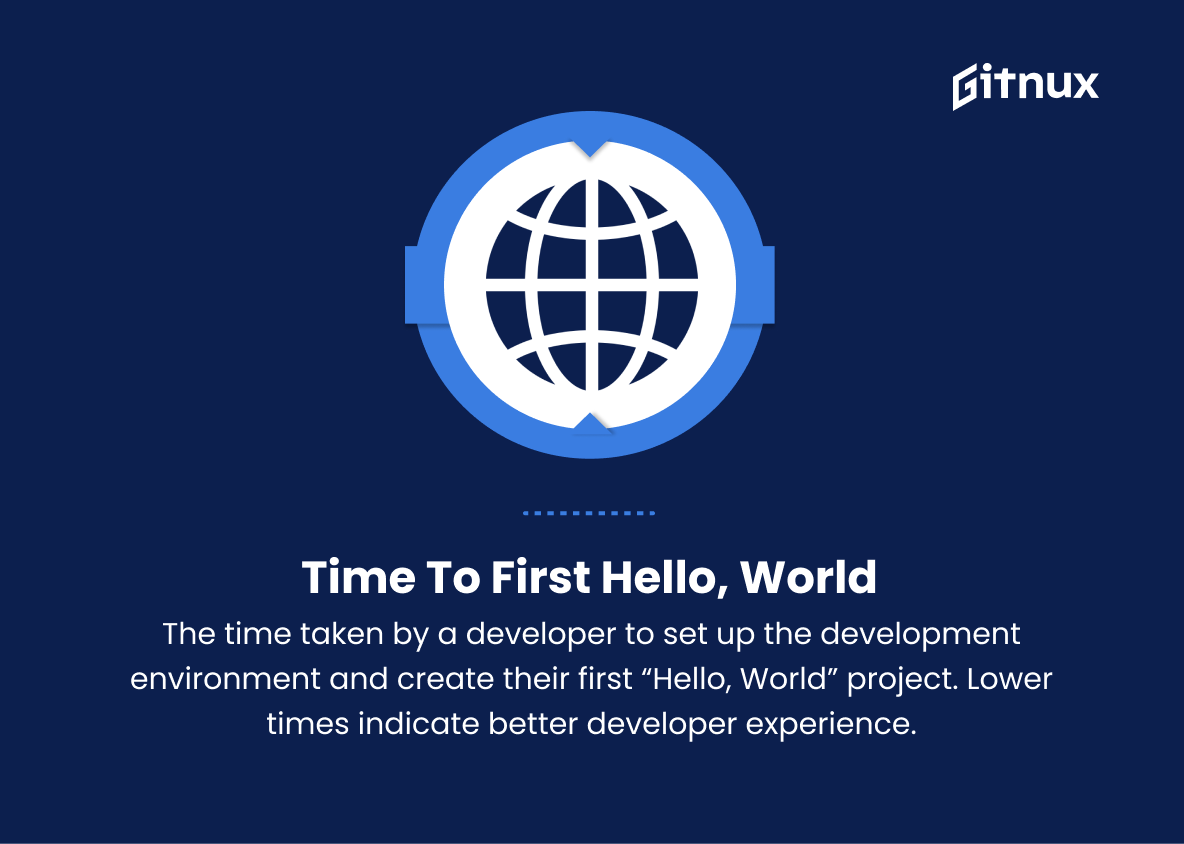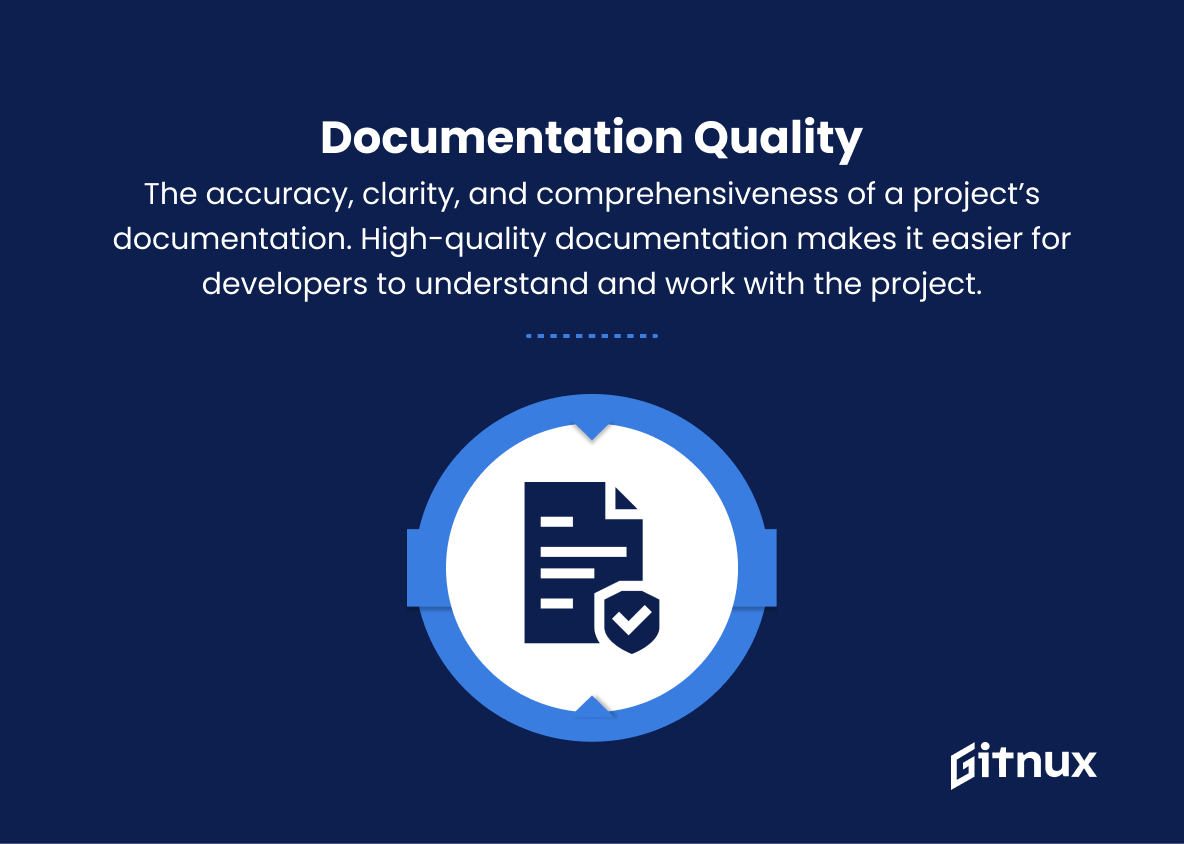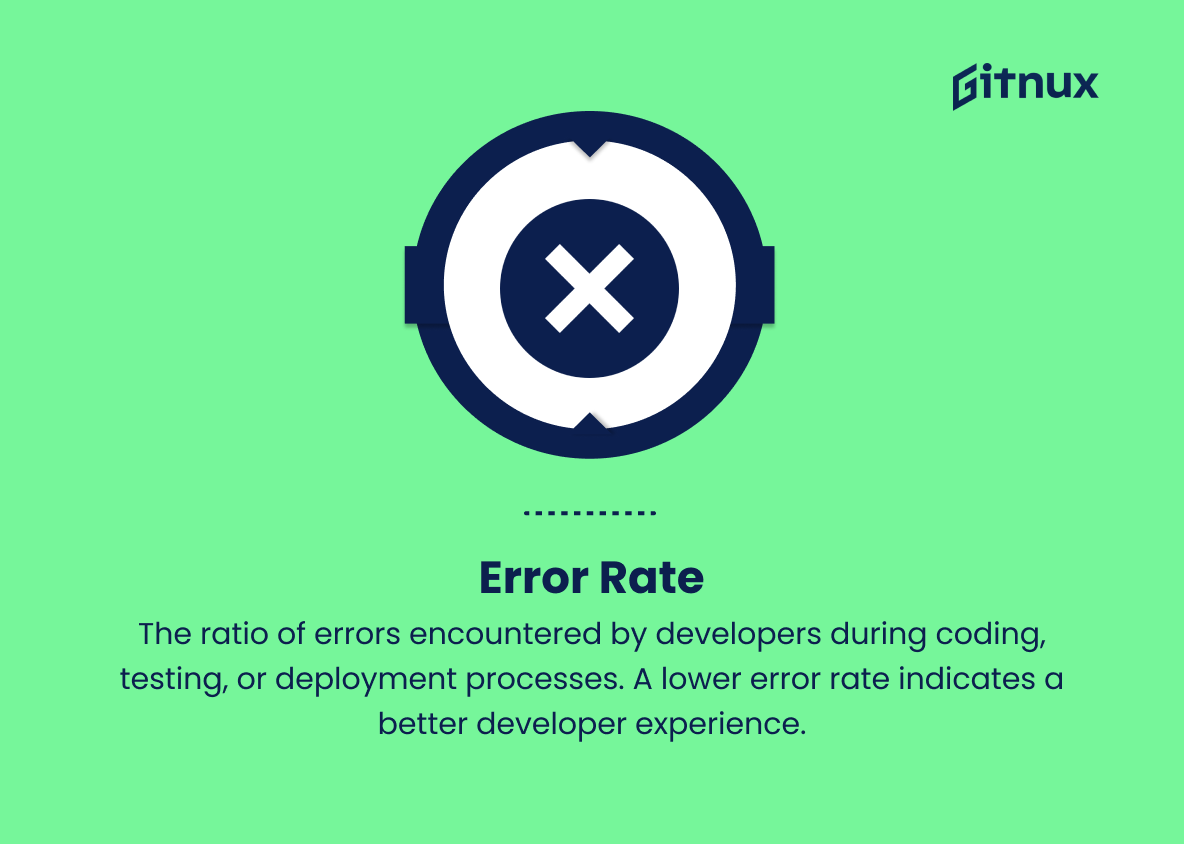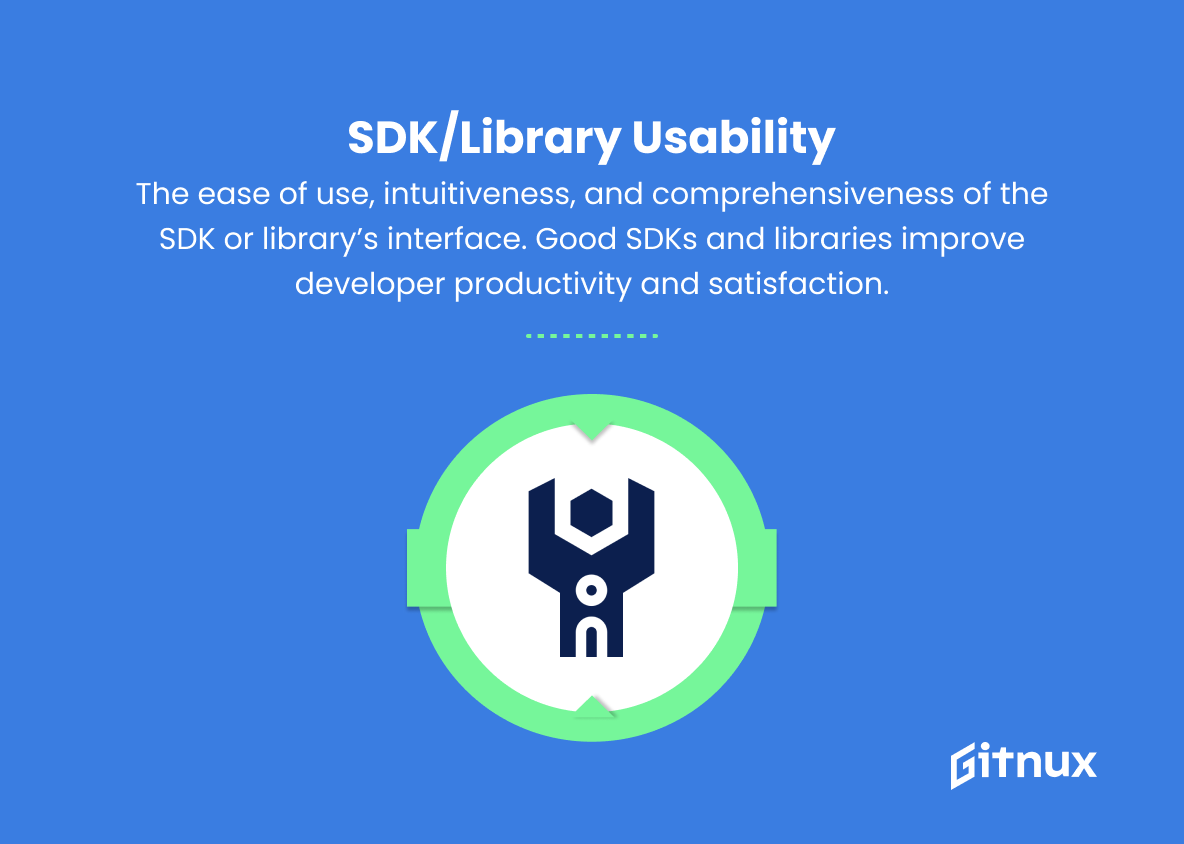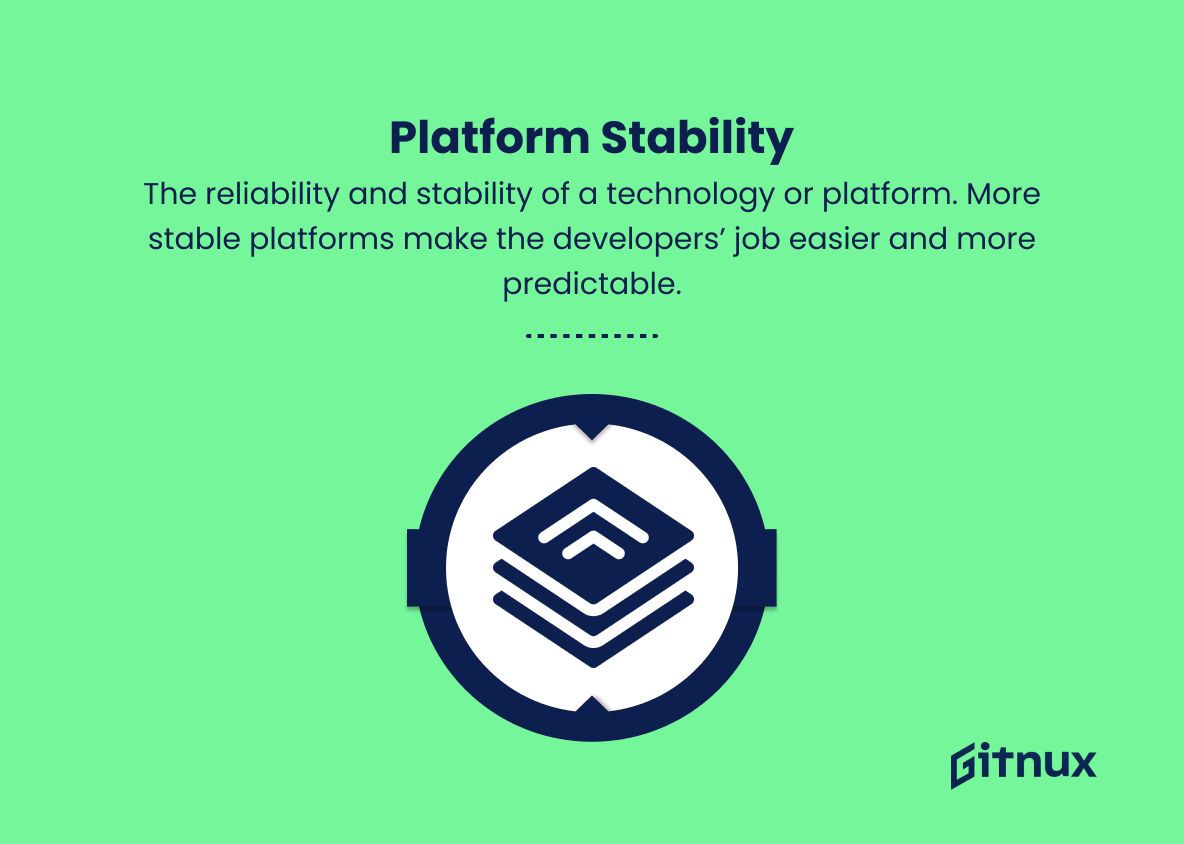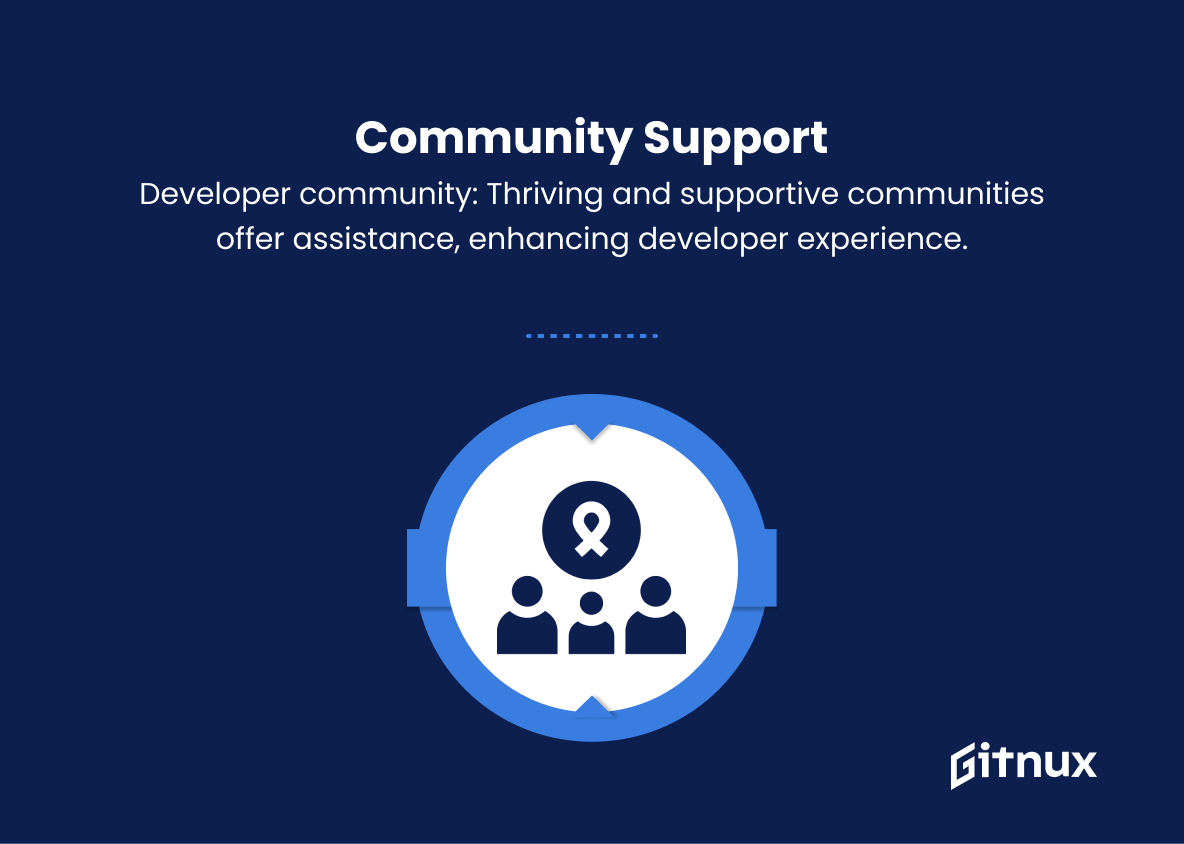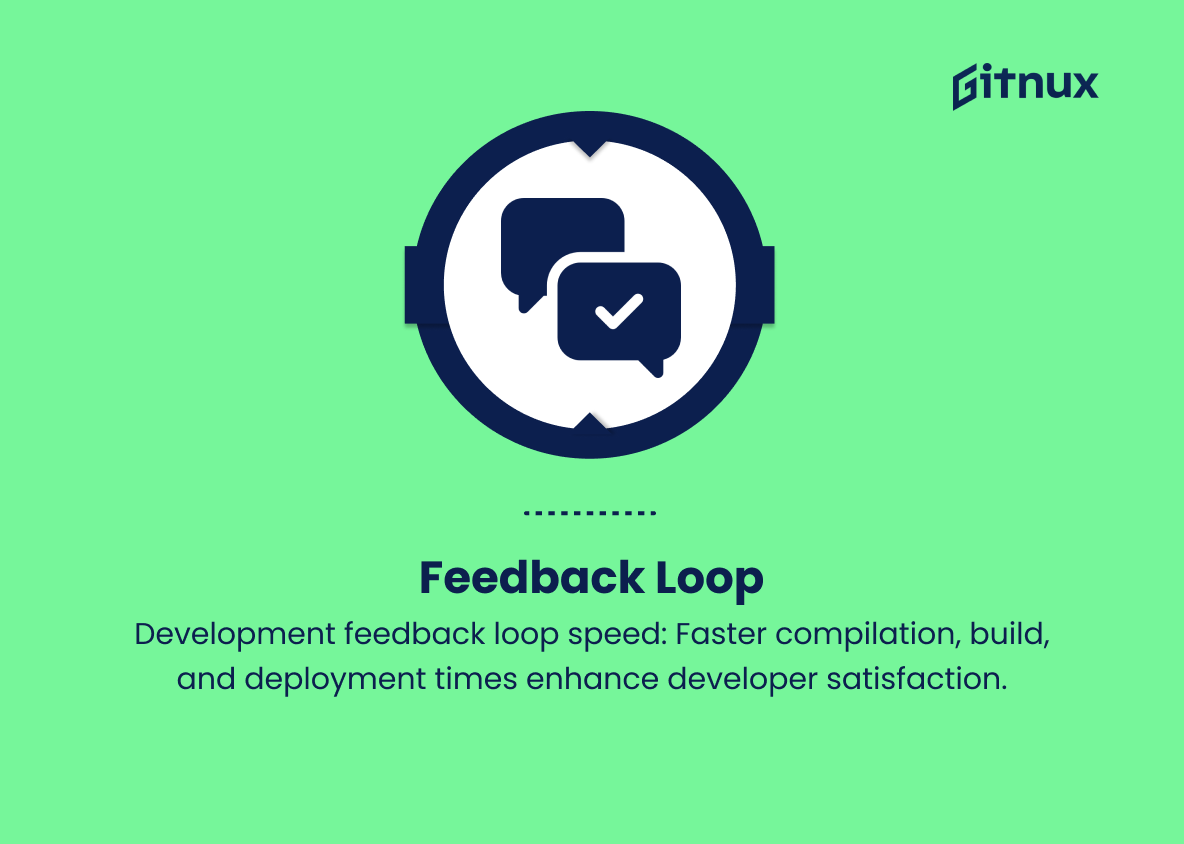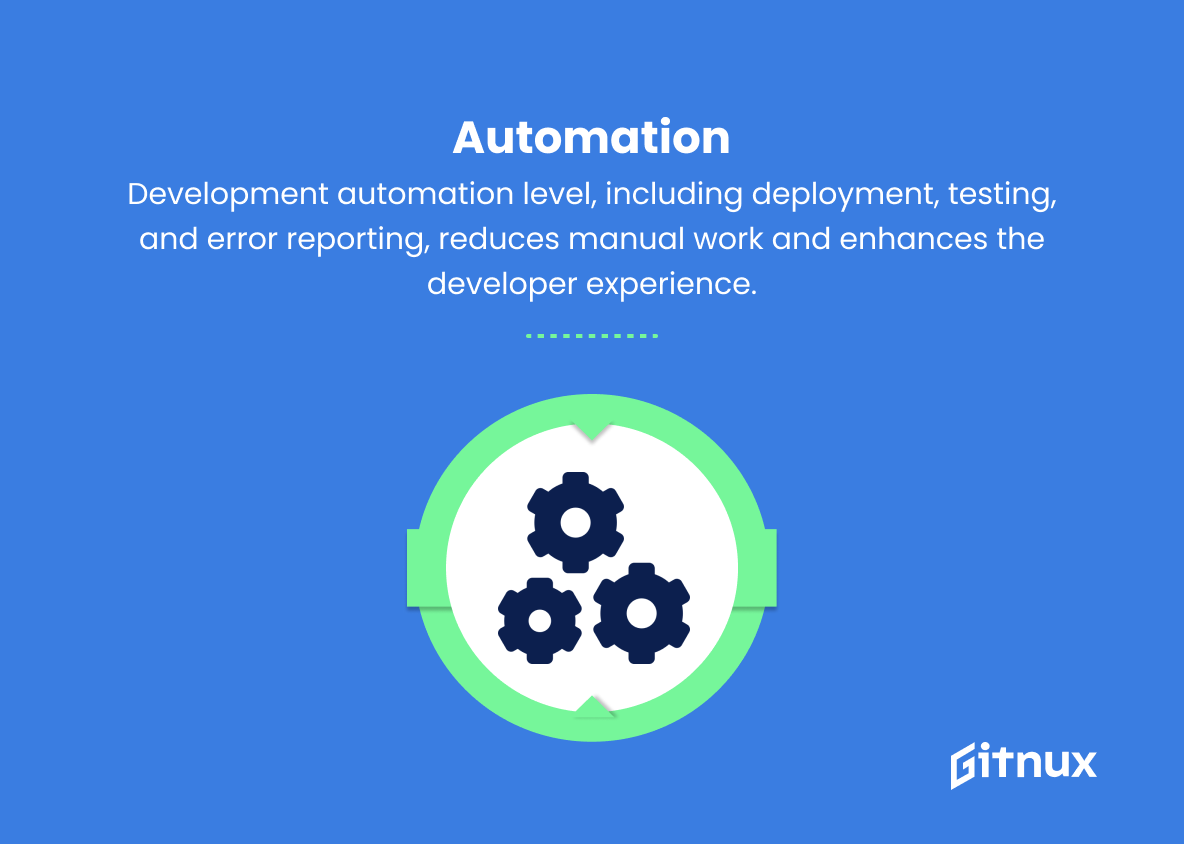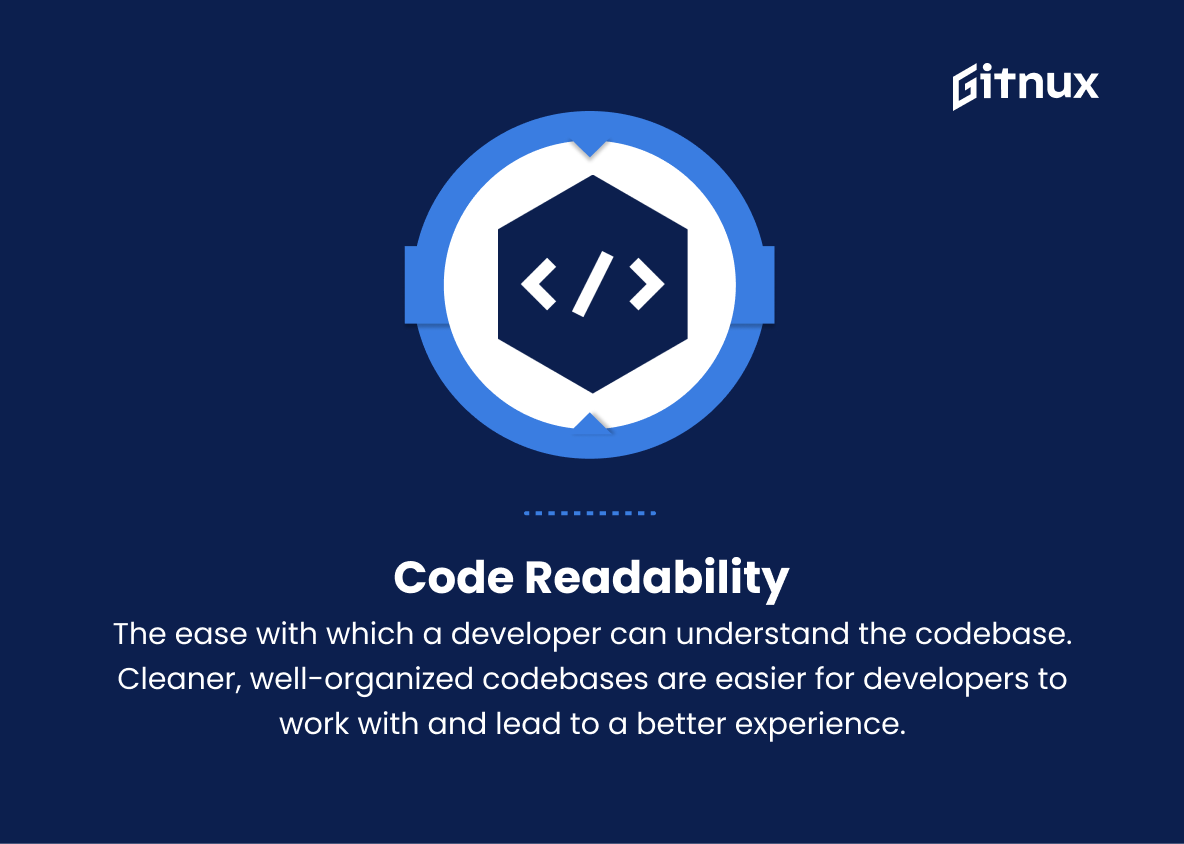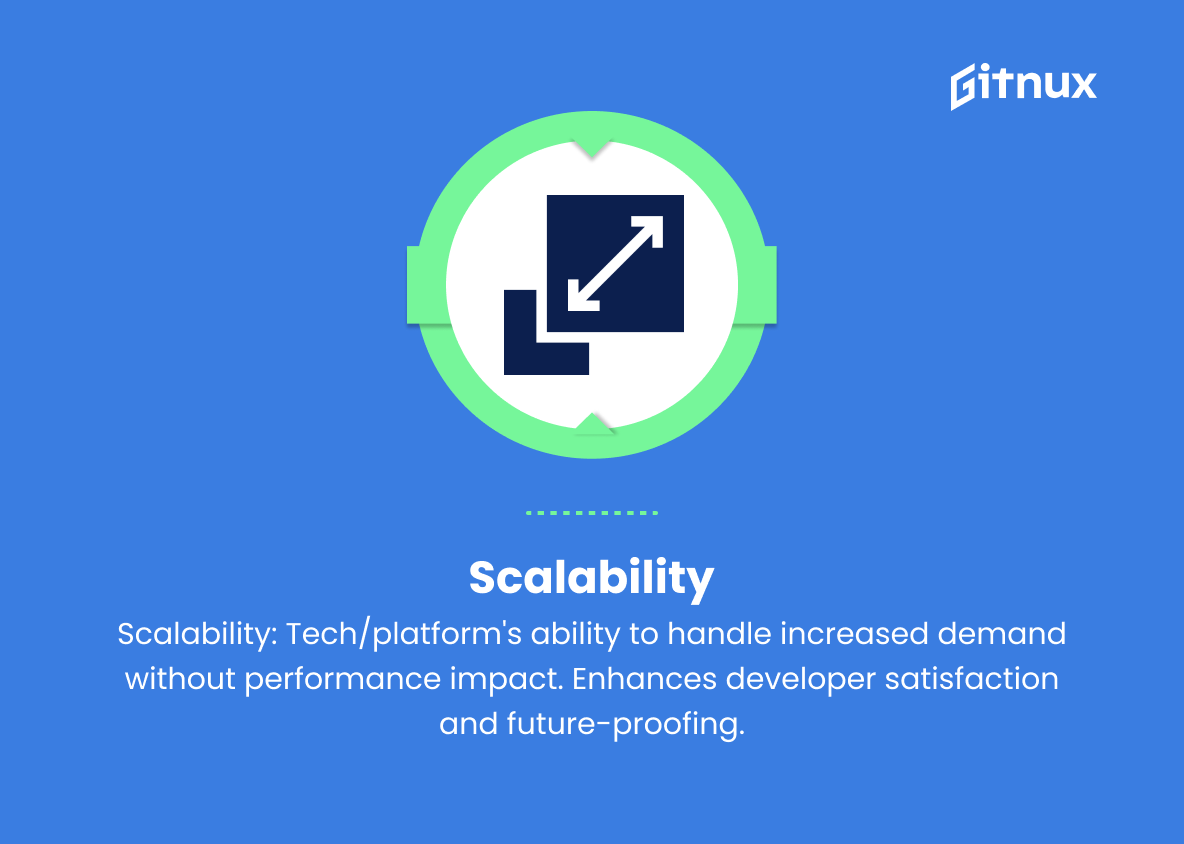Developer Experience (DX) is critical for software success. This blog post covers essential DX Metrics to measure, optimize, and establish a streamlined development process that empowers developers. Understanding these metrics fosters a productive and collaborative environment, enabling development teams to thrive and create a competitive advantage.
Developer Experience Metrics You Should Know
1. Time to First Hello, World
The time taken by a developer to set up the development environment and create their first “Hello, World” project. Lower times indicate better developer experience.
2. Time to Onboard
The time required for a new developer to understand and start contributing to the codebase. A shorter on-boarding period signifies a smoother developer experience.
3. API Response Time
The average time taken by an API to respond to a request. Faster response times lead to a more seamless developer experience.
4. Documentation Quality
The accuracy, clarity, and comprehensiveness of a project’s documentation. High-quality documentation makes it easier for developers to understand and work with the project.
5. Error Rate
The ratio of errors encountered by developers during coding, testing, or deployment processes. A lower error rate indicates a better developer experience.
6. SDK/Library Usability
The ease of use, intuitiveness, and comprehensiveness of the SDK or library’s interface. Good SDKs and libraries improve developer productivity and satisfaction.
7. Tooling Availability
The variety and quality of the tools and plugins available for a particular technology. A wider array of powerful tools enhances the developer experience.
8. Platform Stability
The reliability and stability of a technology or platform. More stable platforms make the developers’ job easier and more predictable.
9. IDE Integration
The extent of a technology or framework’s compatibility with different Integrated Development Environments (IDEs). Better integration with popular IDEs enhances developers’ experience.
10. Community Support
The presence and responsiveness of a developer community surrounding a technology or platform. A thriving and supportive community can provide assistance and resources, improving developer experience.
11. Feedback Loop
The speed at which developers can see the results of their work, including compilation, build, and deployment times. A quicker feedback loop results in a more satisfying experience for developers.
12. Automation
The level of automation implemented in the development process, including deployment, testing, and error reporting. Increased automation leads to reduced manual work for developers and improves overall experience.
13. Code Readability
The ease with which a developer can understand the codebase. Cleaner, well-organized codebases are easier for developers to work with and lead to a better experience.
14. Code Reusability
The extent to which the code is modular and can be easily reused in other parts of the project. High reusability makes it quicker and easier for developers to build new features.
15. Scalability
The ability of a technology or platform to handle increases in demand or workloads without impacting performance negatively. Scalable technologies or systems offer a more satisfying experience for developers by allowing them to create efficient, future-proof solutions.
Developer Experience Metrics Explained
Developer Experience Metrics evaluate and improve the overall experience and productivity of developers. Metrics include Time to First Hello, World and Time to Onboard for new developers, API Response Time, SDK/Library Usability, and Tooling Availability for efficiency, Documentation, IDE Integration, and Community Support for understanding, Code Readability, Code Reusability, and Automation for streamlining, Platform Stability, Feedback Loop, and Scalability for reliability and efficiency. These metrics create a better development ecosystem, enhancing developer satisfaction and software quality.
Conclusion
In conclusion, Developer Experience Metrics are a vital tool for optimizing the developer journey, ensuring that software development teams remain engaged, productive, and adaptive to the ever-changing technology landscape. By focusing on these metrics, organizations can build a healthier and more supportive environment for their development teams, leading to improved product quality and faster time to market.
As the demand for software applications and digital solutions continues to grow, prioritizing developer experience has become an essential component of a successful, modern software development organization. So, let us take the time to understand, measure, and continuously refine our Developer Experience Metrics, and create a collaborative, efficient, and enjoyable workspace, leading our talented developers to thrive, and allowing innovation to prosper.
